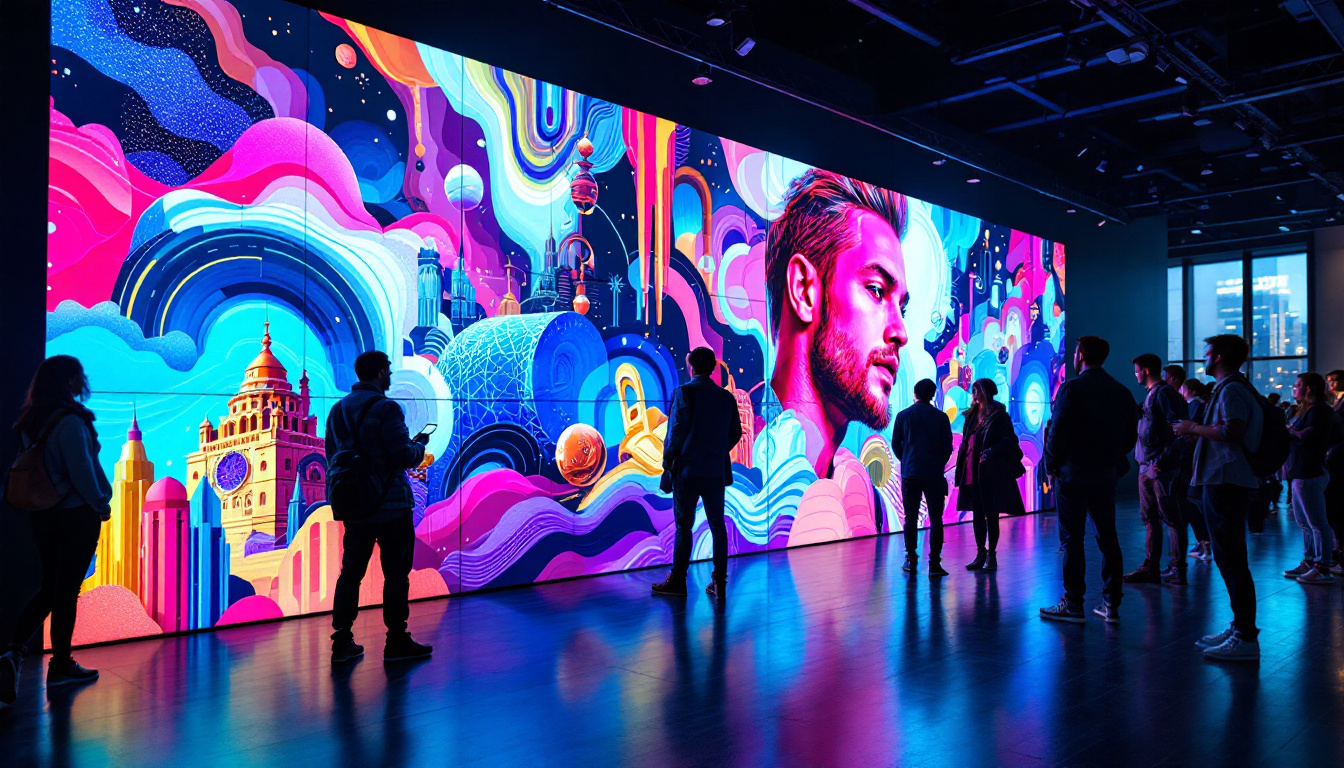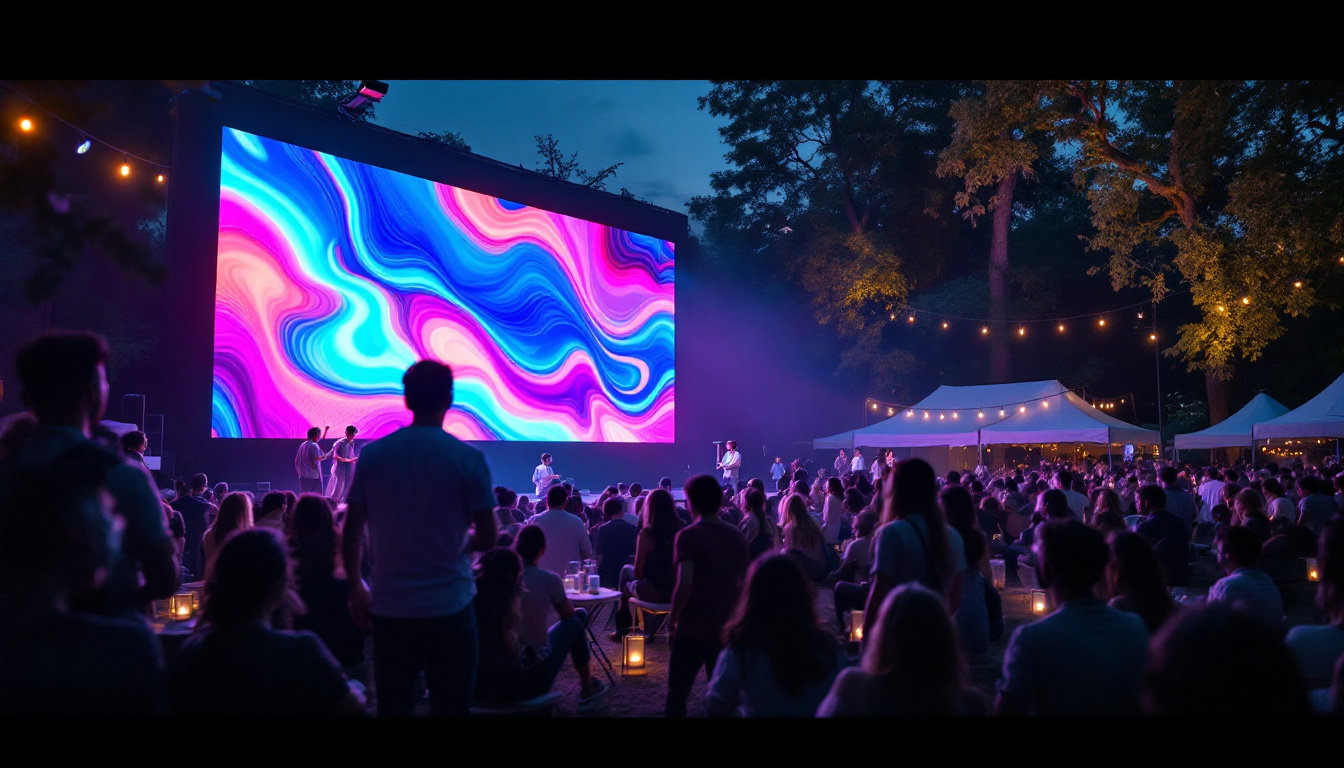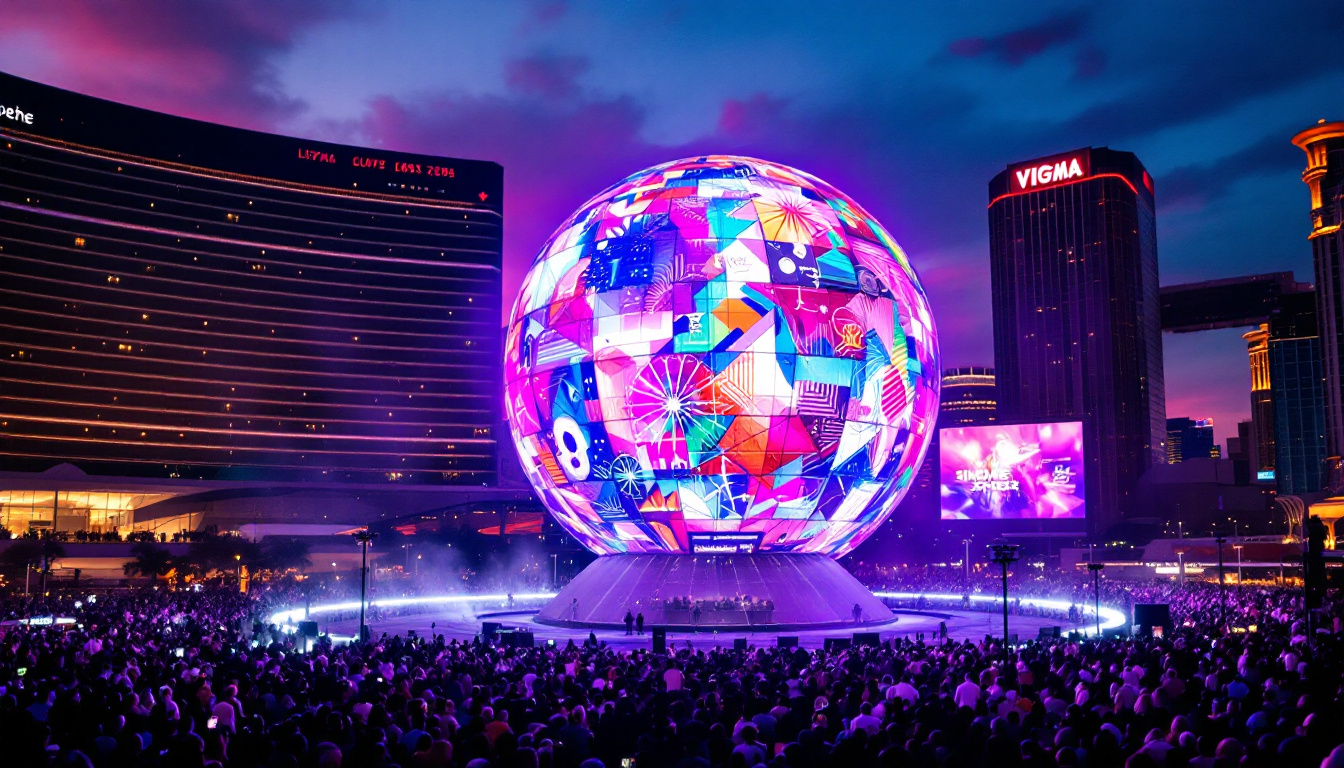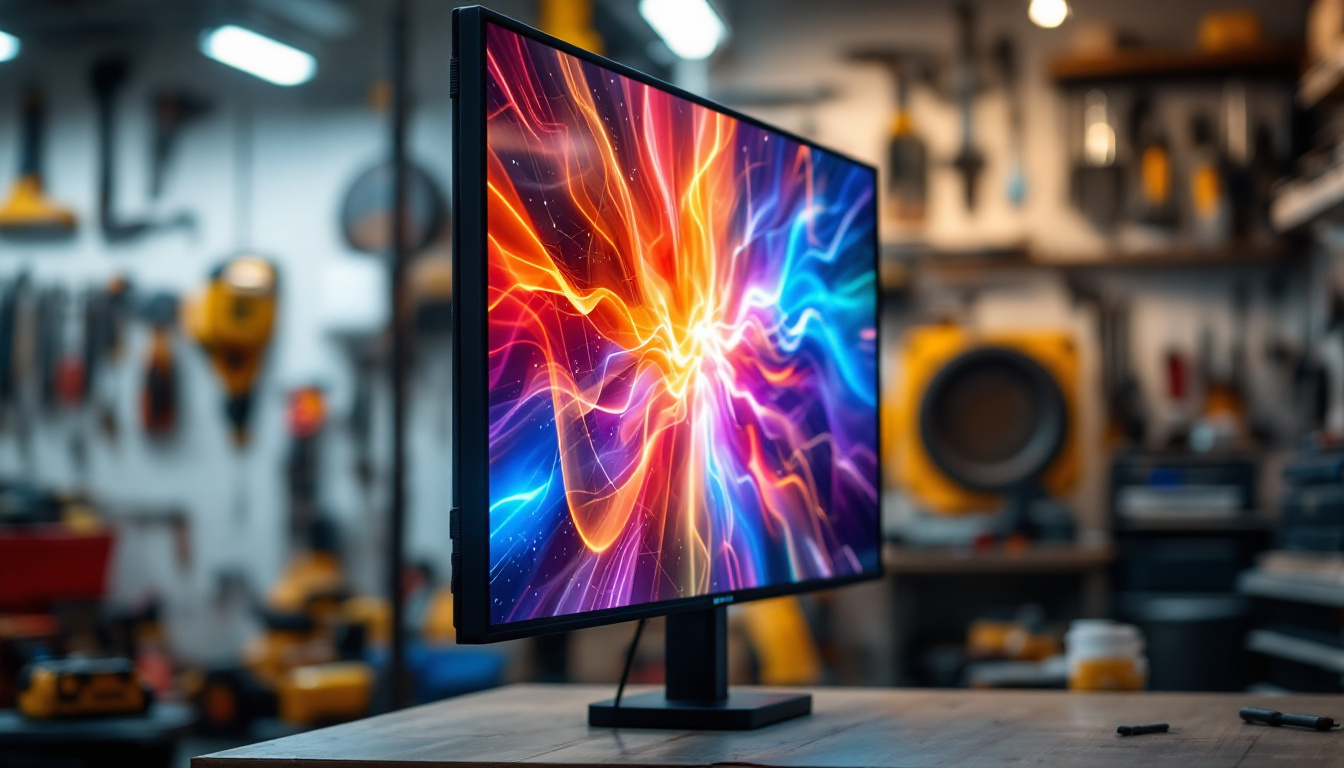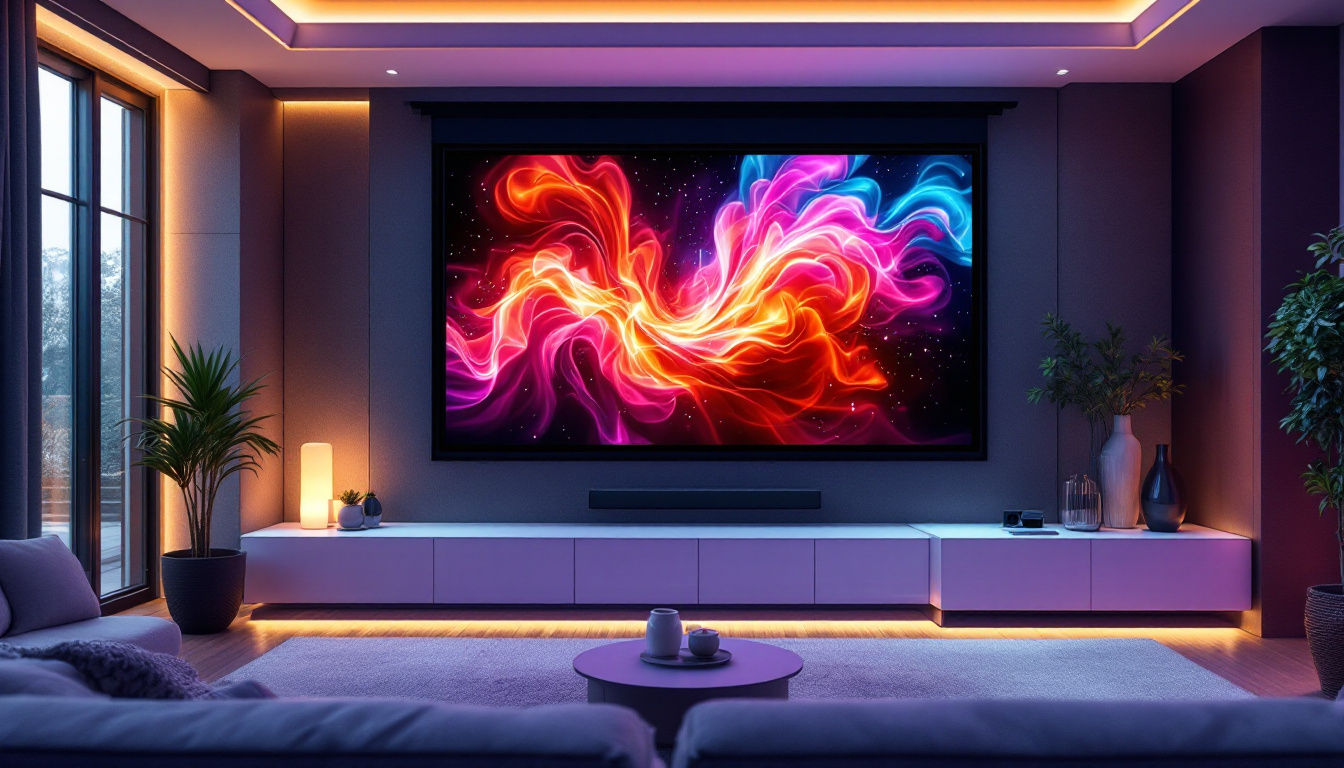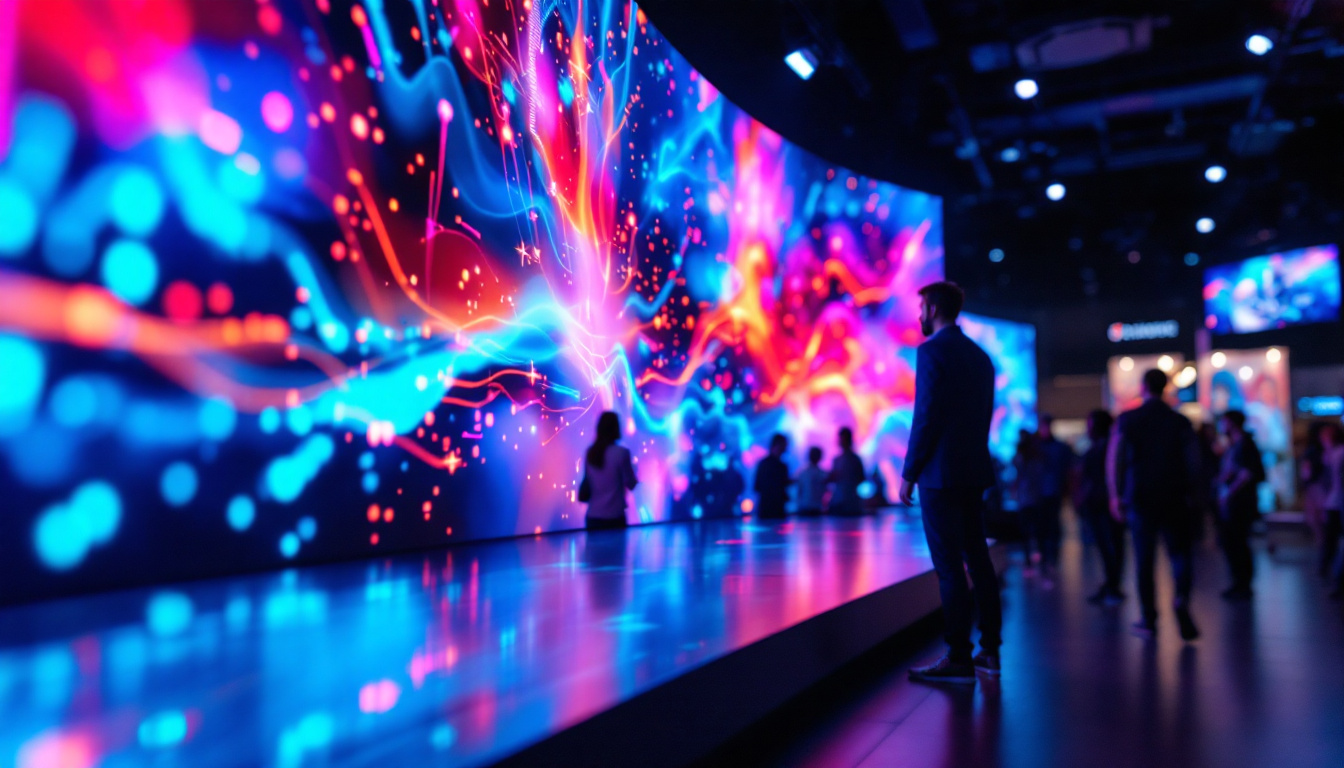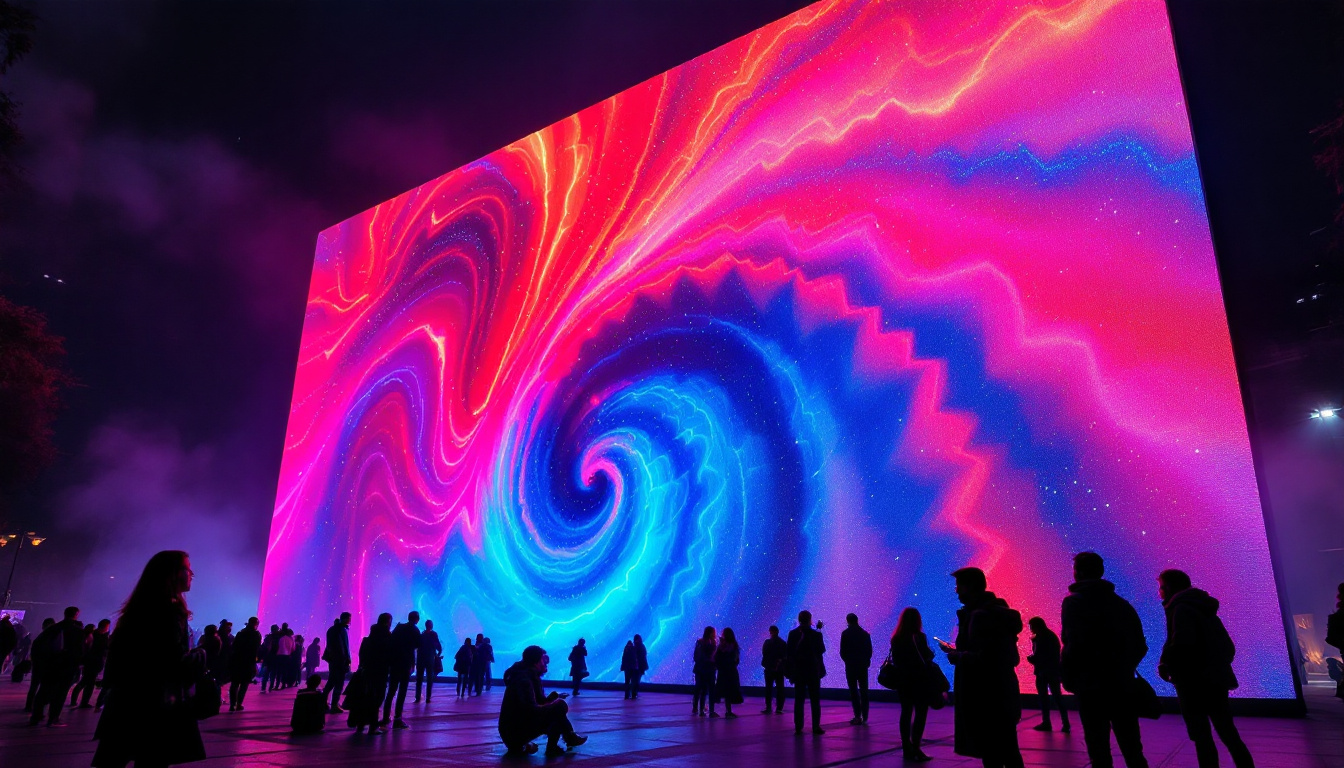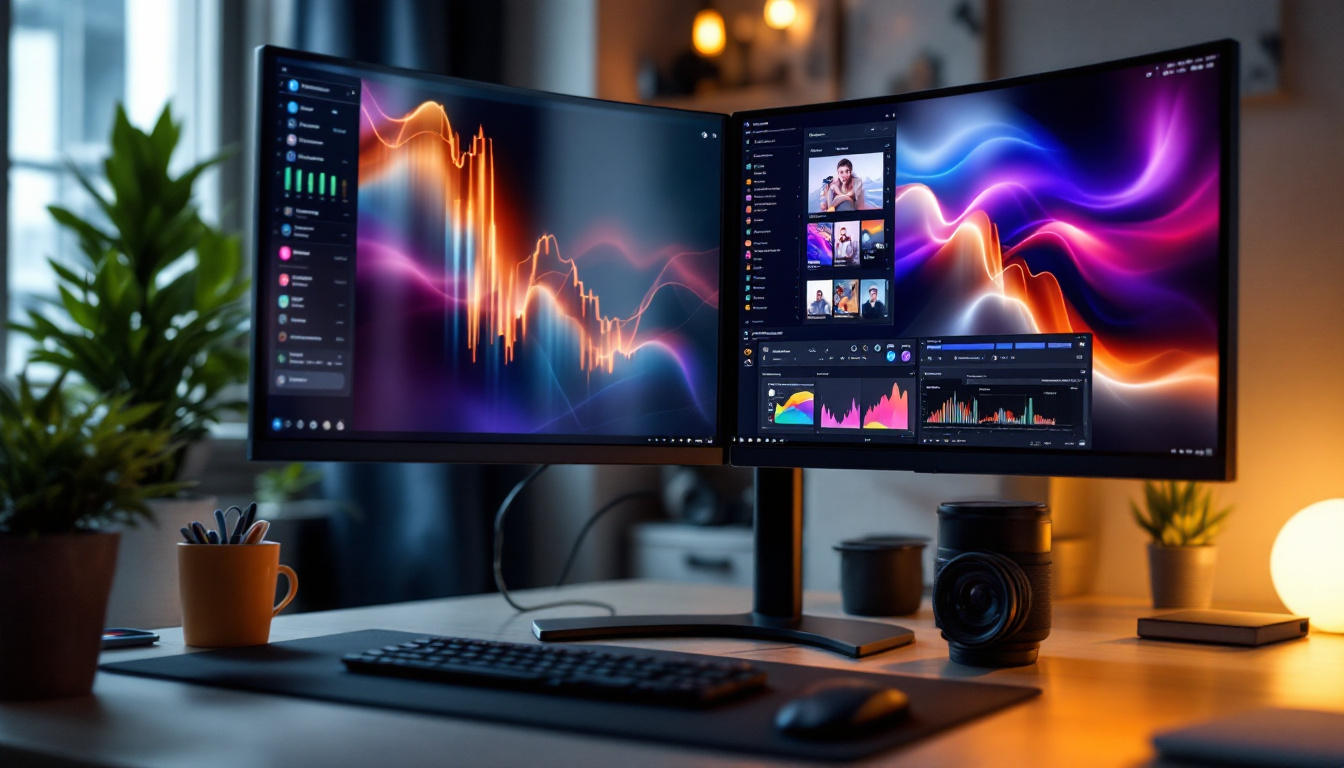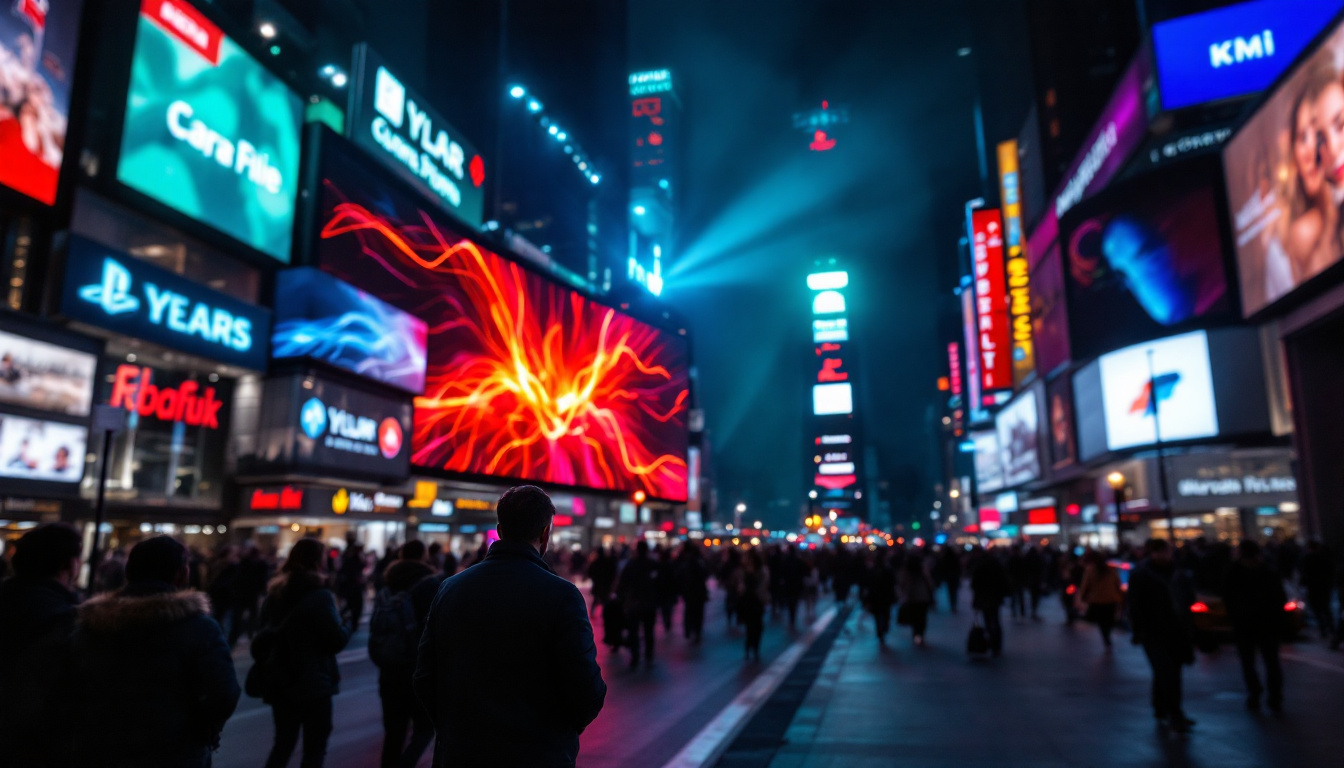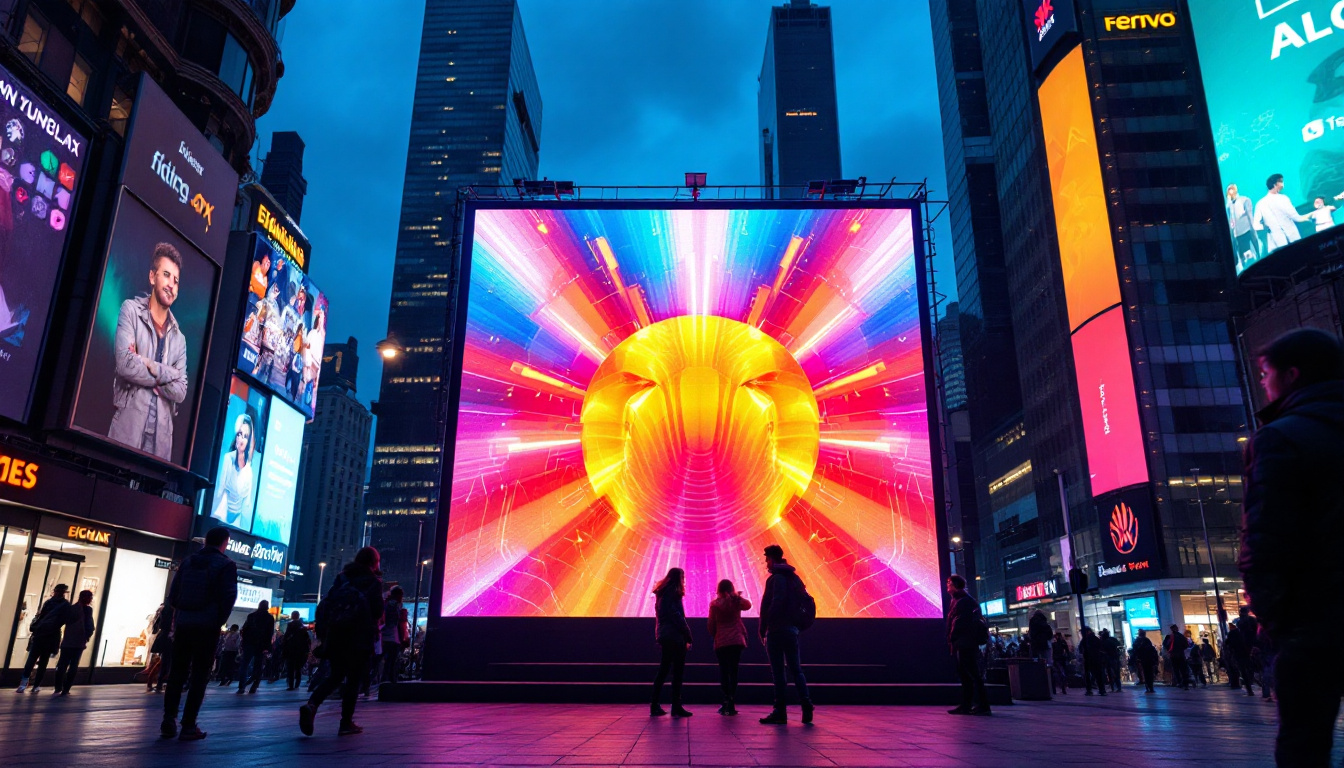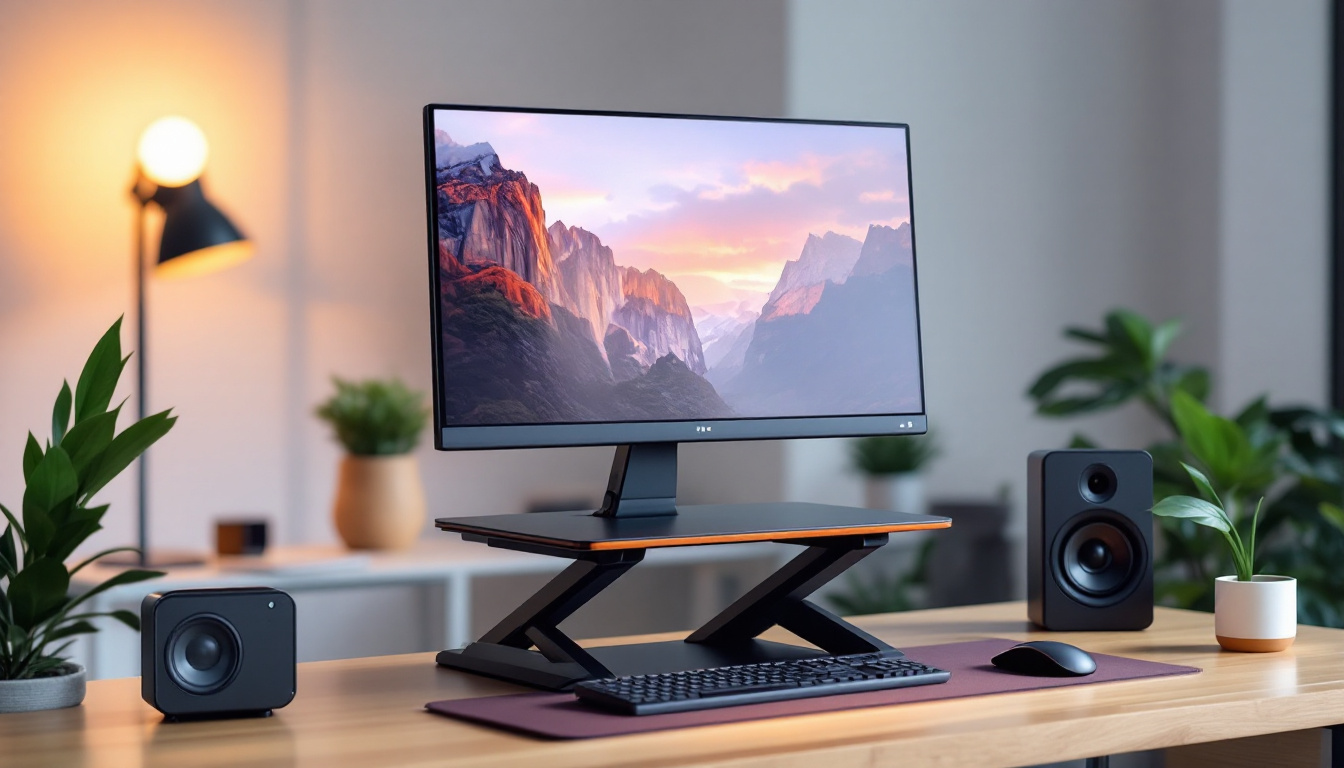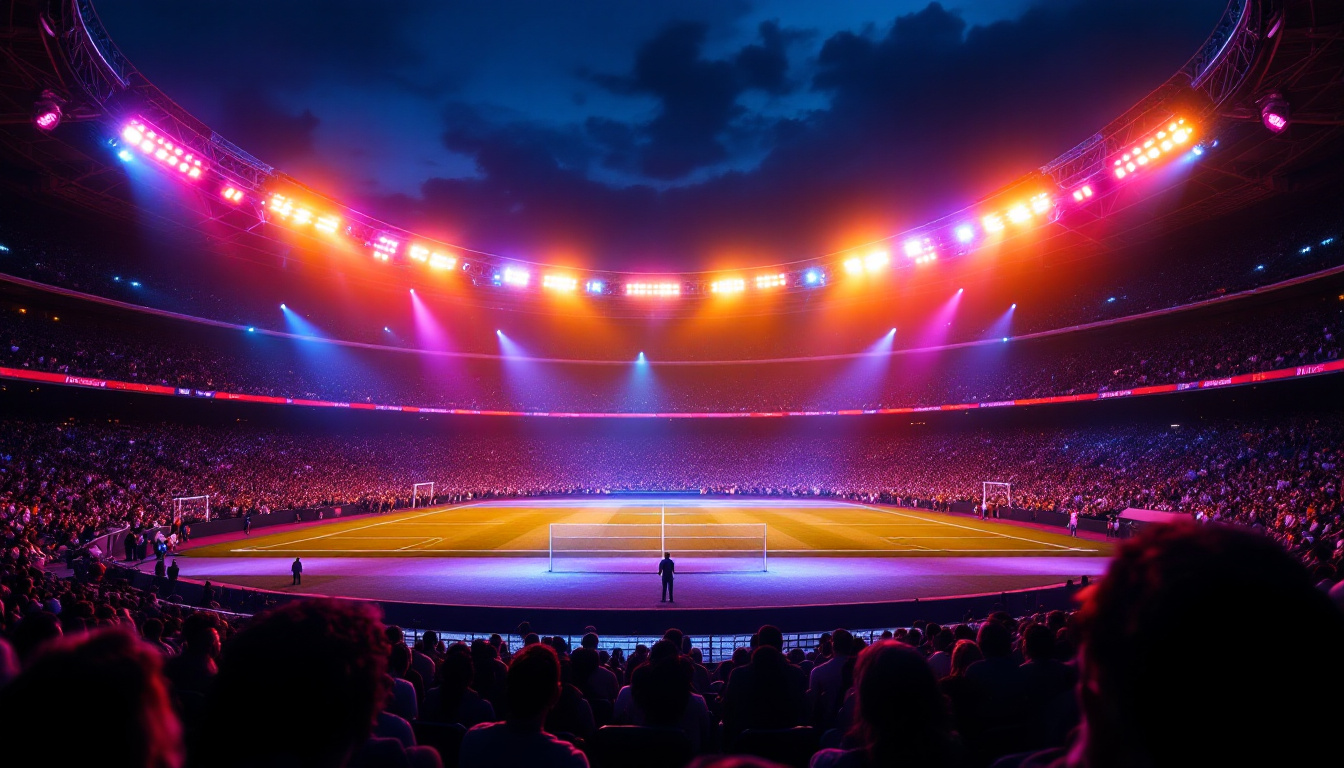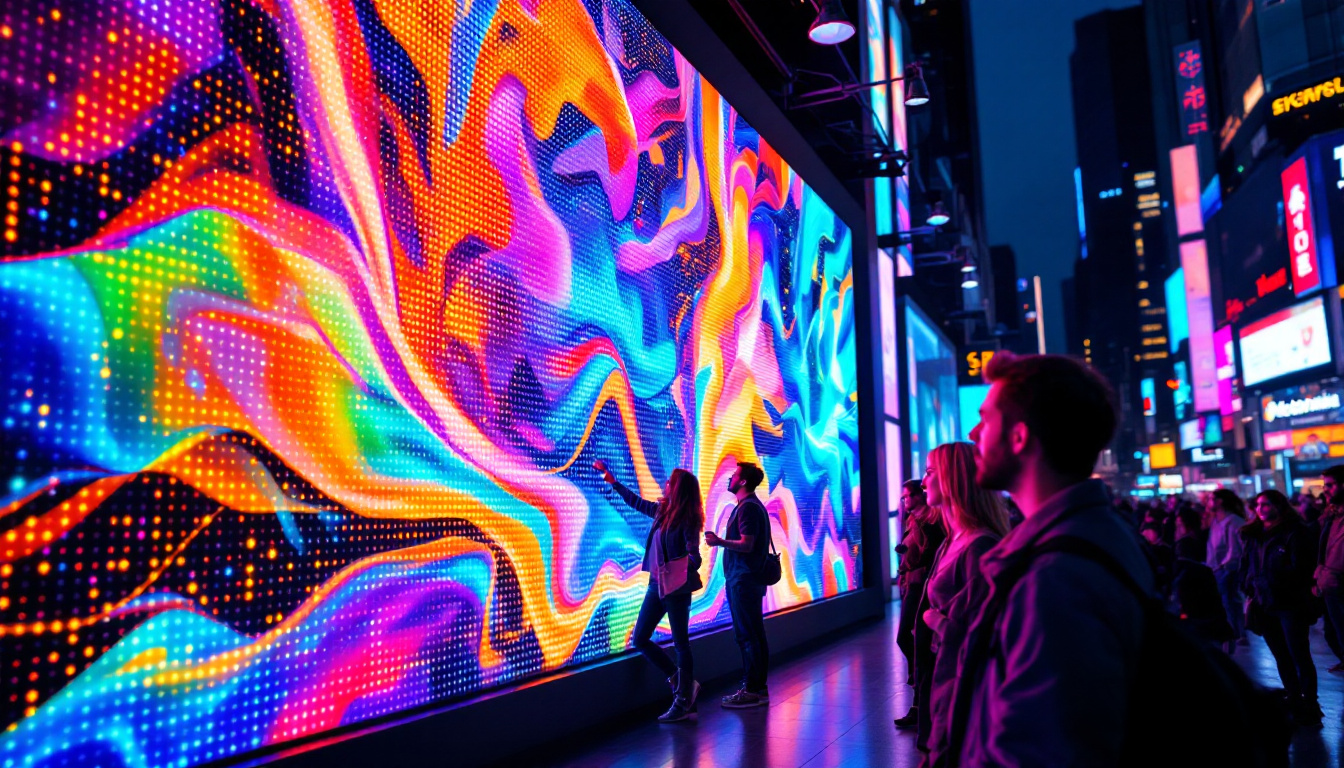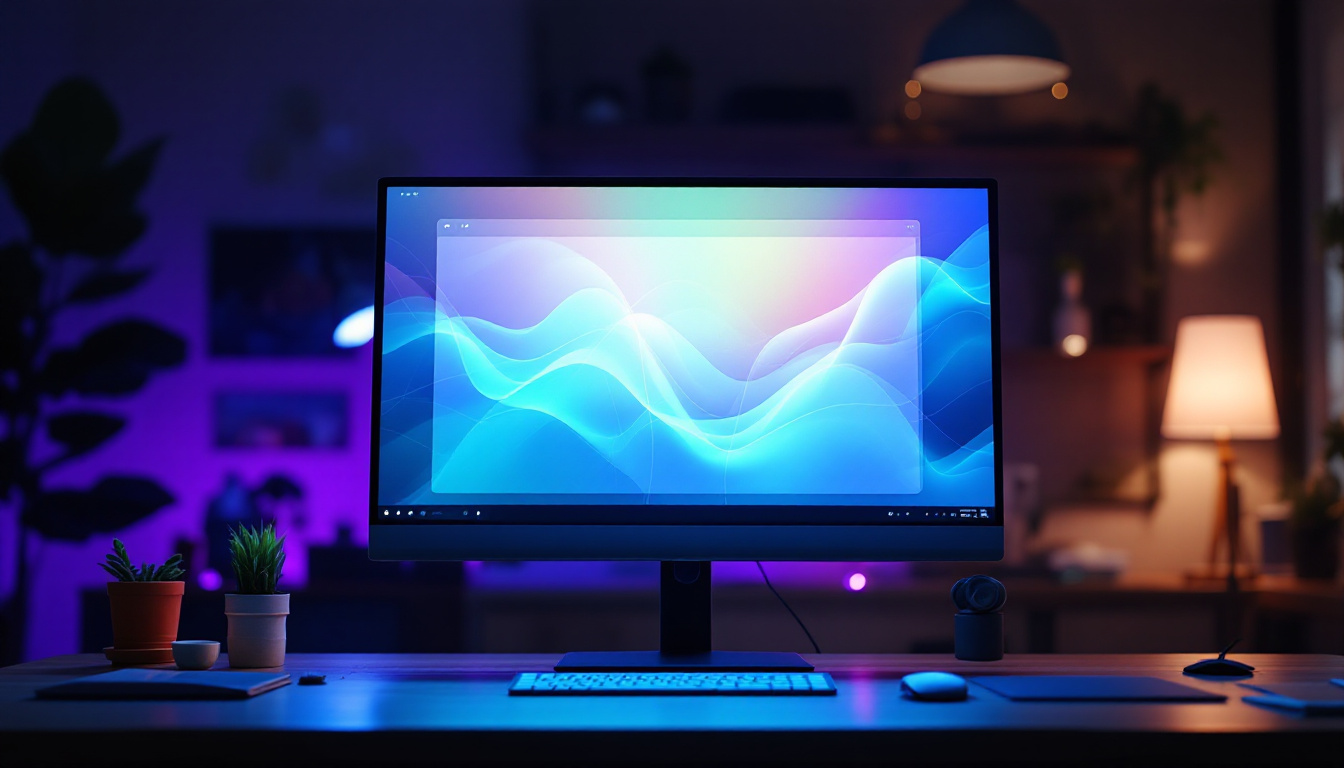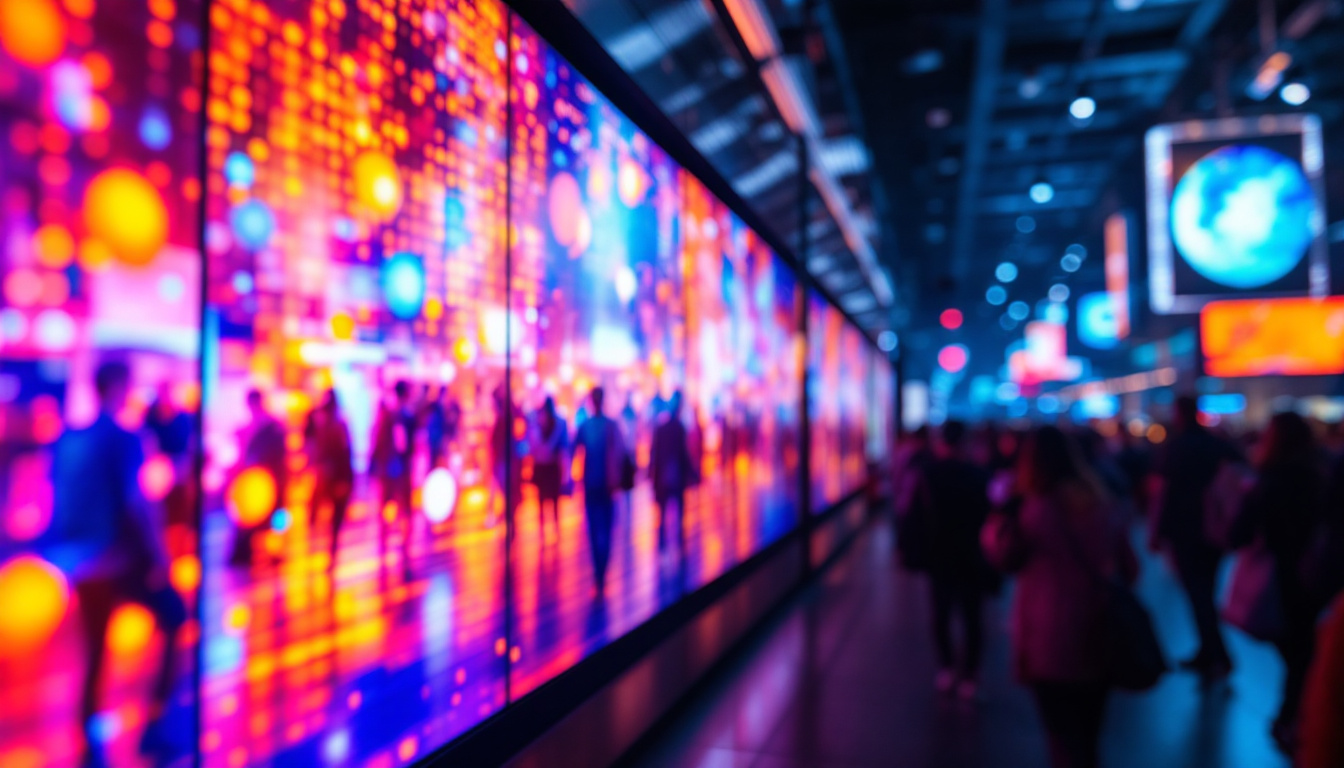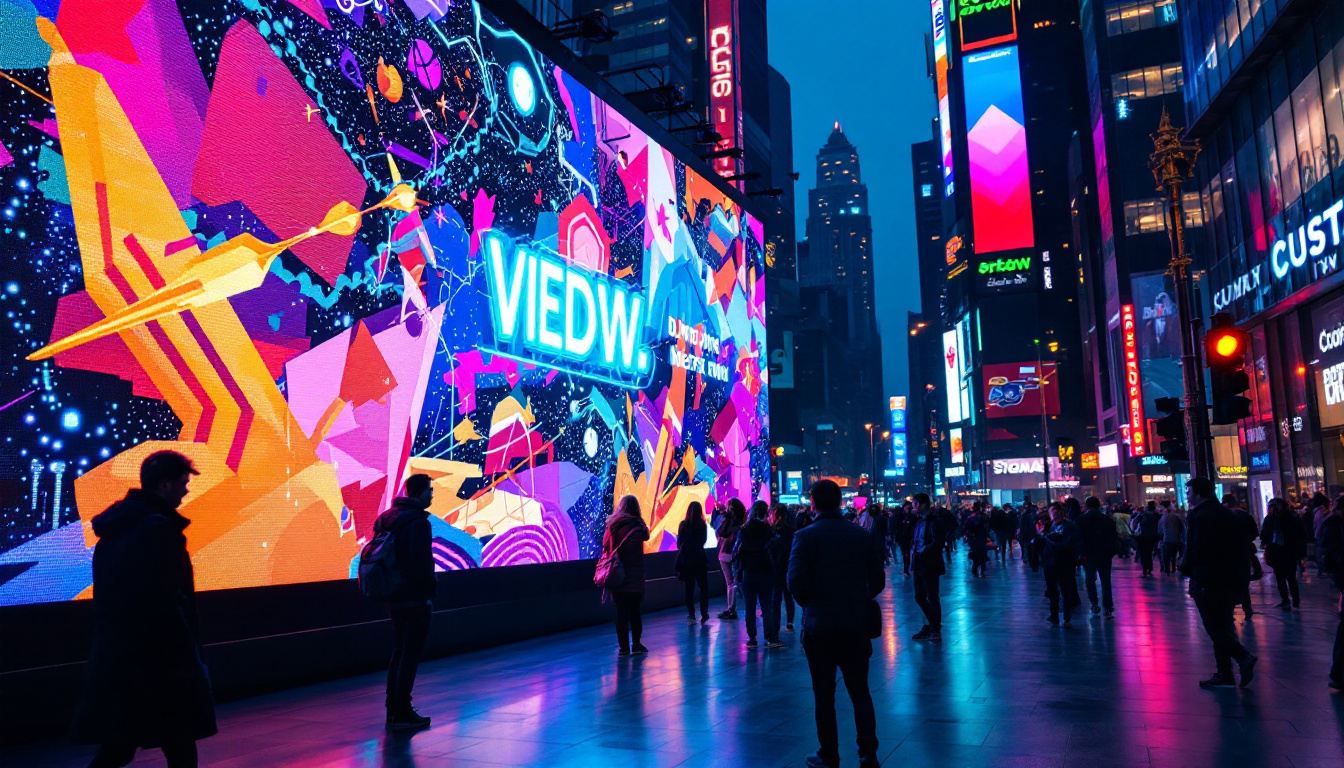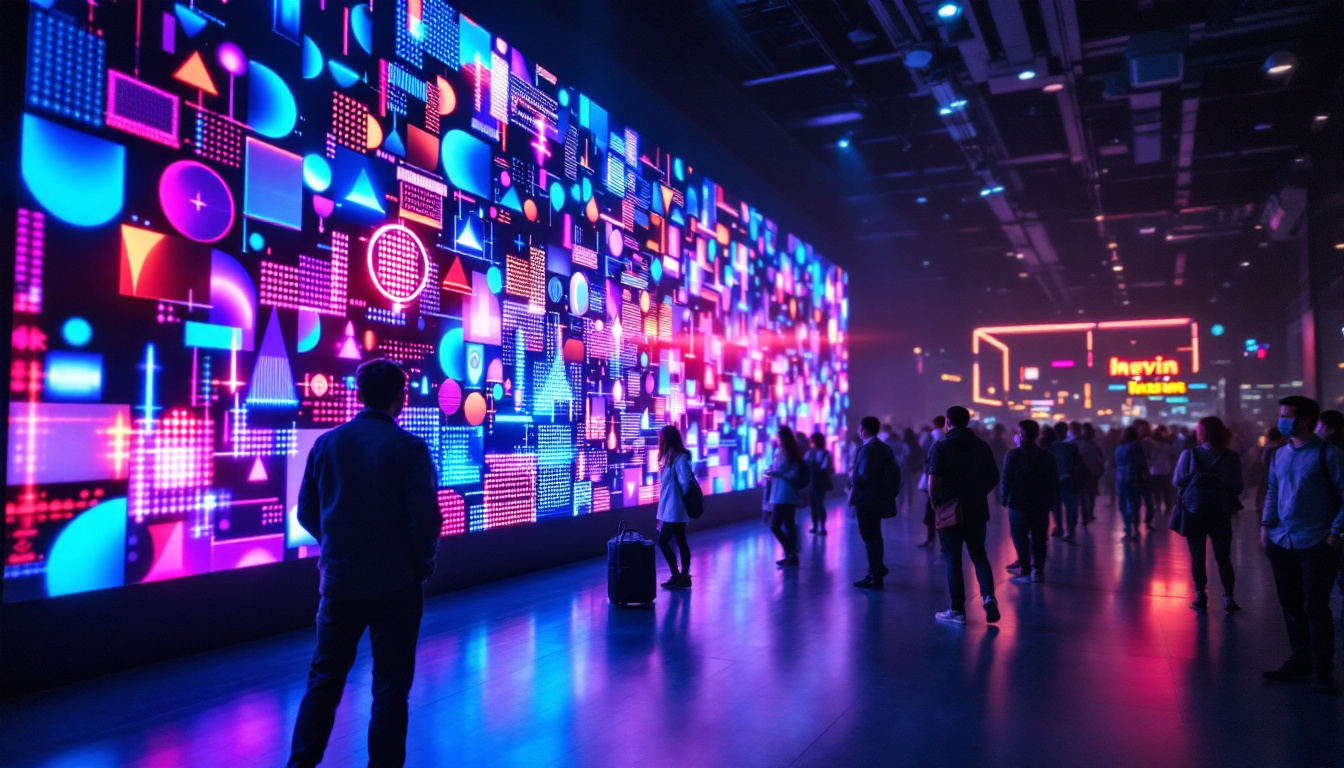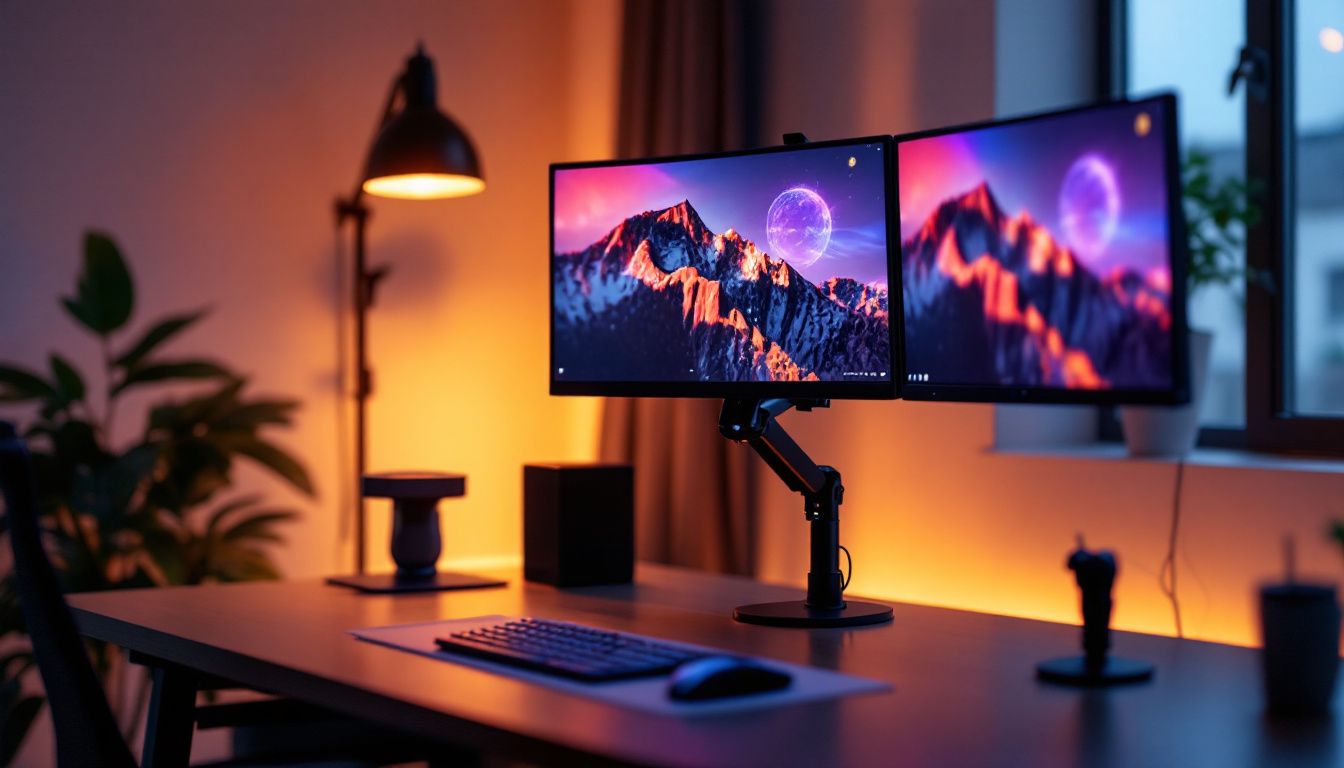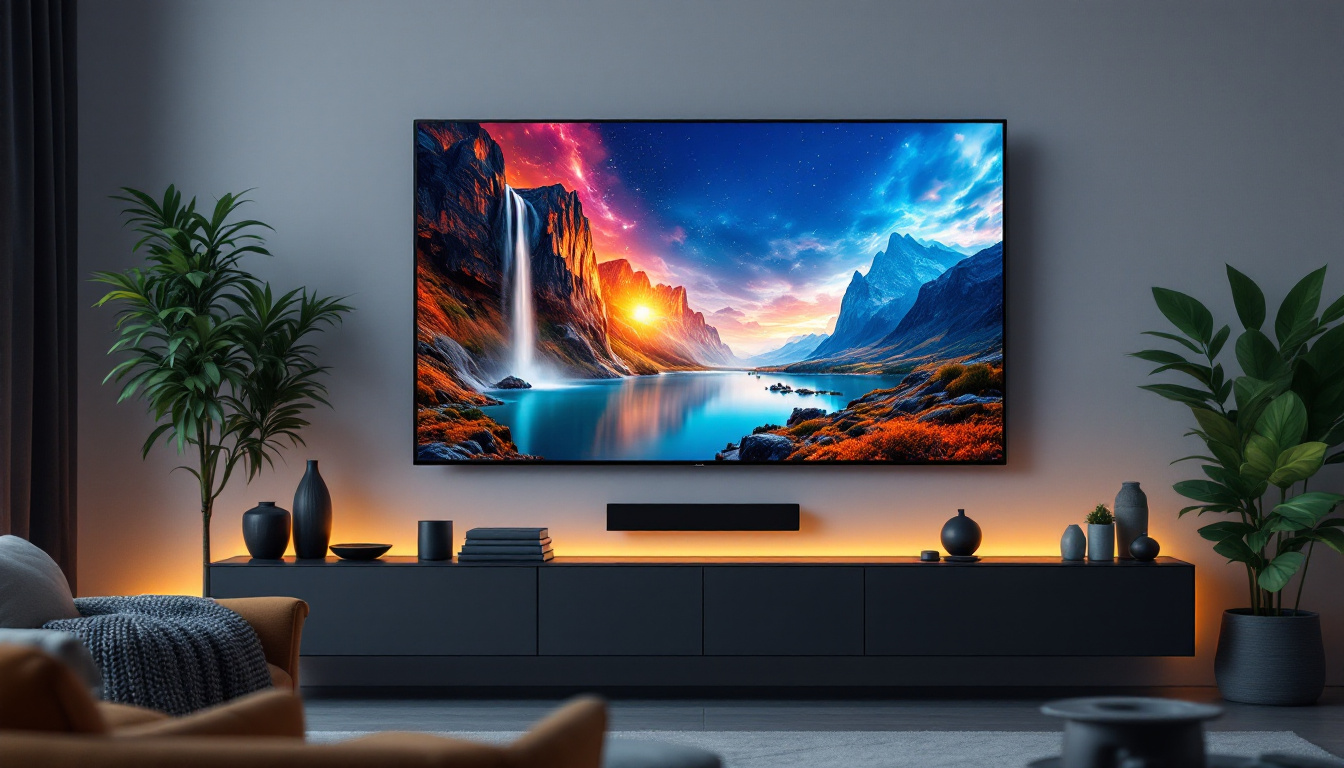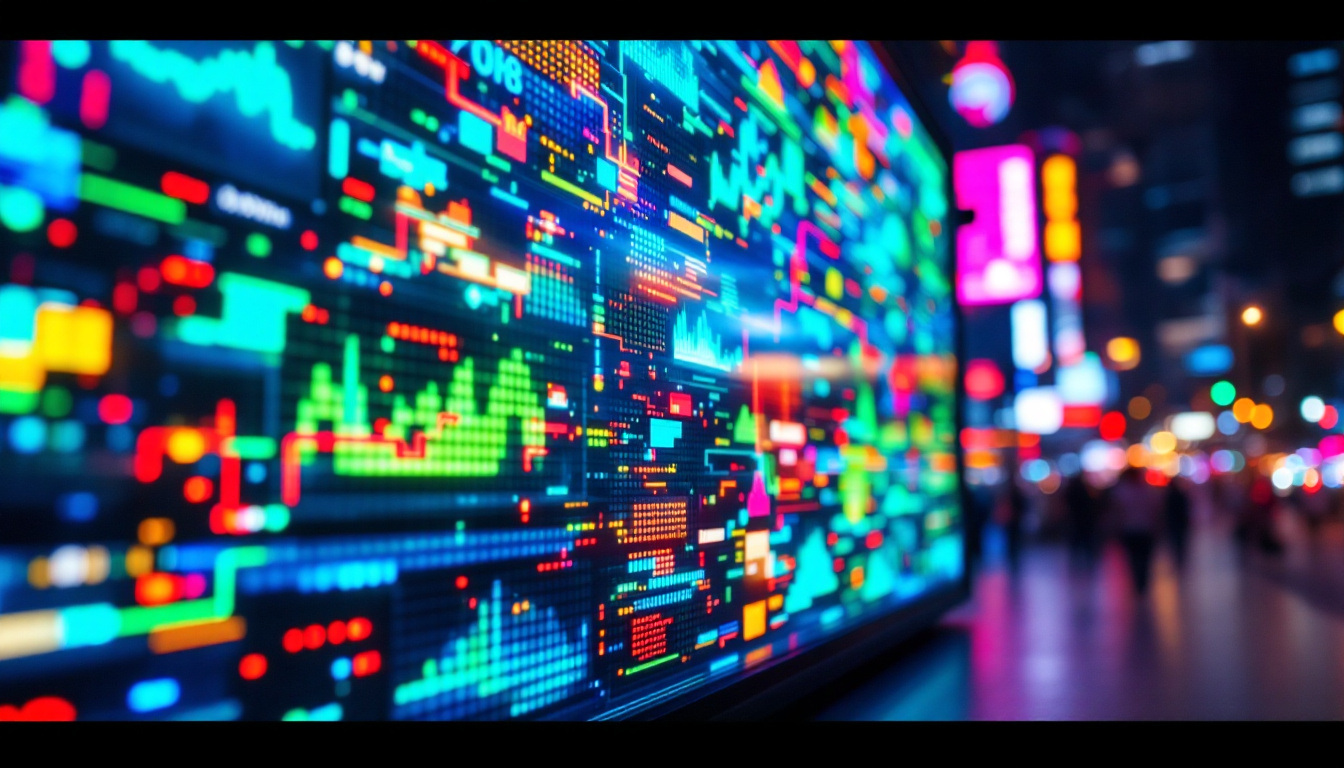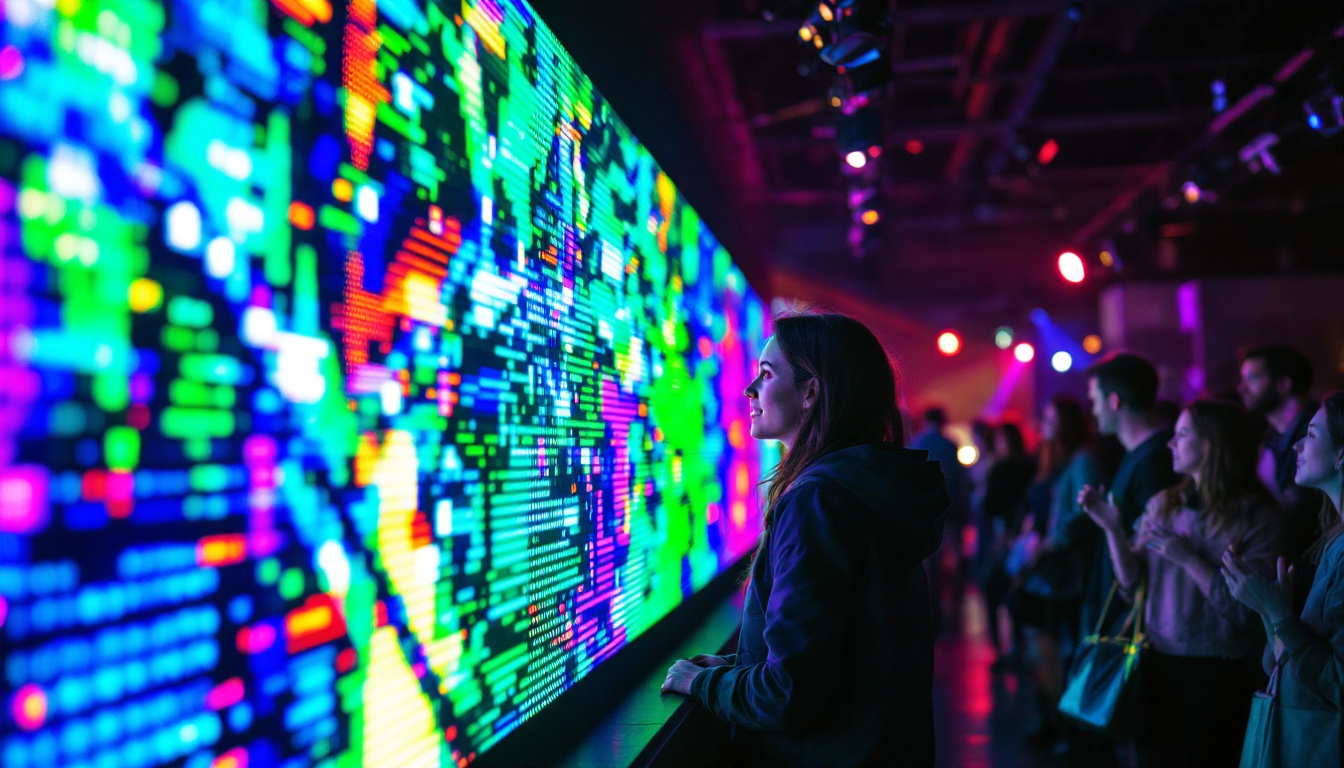In the contemporary world of visual communication, video walls have emerged as a powerful tool for conveying messages, enhancing experiences, and creating immersive environments. These large displays, often composed of multiple smaller screens, are used in various settings, from corporate offices to entertainment venues. This article delves into the intricacies of video wall installation, focusing specifically on LED displays, which have become the preferred choice for many due to their vibrant colors, energy efficiency, and versatility.
Understanding Video Walls
Video walls are essentially large screens made up of multiple display panels that work together to create a cohesive image or video. They can be configured in various shapes and sizes, making them suitable for a wide range of applications. Whether in a retail store showcasing products, a control room monitoring operations, or a concert venue enhancing the audience’s experience, video walls play a crucial role in modern visual communication.
The Components of a Video Wall
A video wall typically consists of several key components, including display panels, a video processor, and mounting hardware. Each of these elements contributes to the overall functionality and performance of the video wall.
1. **Display Panels**: The heart of any video wall, these panels can be LCD, OLED, or LED. Among these, LED displays are favored for their brightness, contrast, and energy efficiency. They can be further categorized into direct view LED (DVLED) and LED-lit LCD panels, each offering unique advantages.
2. **Video Processor**: This device is responsible for managing the content displayed across the video wall. It takes input from various sources, such as computers, cameras, or media players, and distributes the content seamlessly across the panels.
3. **Mounting Hardware**: Proper installation requires robust mounting solutions to ensure that the panels are securely held in place. This hardware must be capable of supporting the weight of the displays while allowing for adjustments to achieve the desired alignment.
Applications of Video Walls
The versatility of video walls allows them to be utilized in numerous environments. Some common applications include:
- Corporate Environments: Video walls are often used in conference rooms for presentations and video conferencing, enhancing communication and collaboration.
- Retail Spaces: In retail, video walls attract customers’ attention, showcasing advertisements, promotions, and product information in an engaging manner.
- Entertainment Venues: Concerts and events frequently utilize video walls to enhance the audience experience, providing dynamic visuals that complement live performances.
The Advantages of LED Displays
LED displays have gained immense popularity in the video wall market, and for good reason. They offer several advantages over traditional display technologies, making them an ideal choice for various applications.
Brightness and Visibility
One of the standout features of LED displays is their exceptional brightness. They can produce vivid colors and deep blacks, ensuring that content remains visible even in brightly lit environments. This makes them particularly suitable for outdoor installations or areas with high ambient light.
Energy Efficiency
LED technology is known for its energy efficiency. Compared to traditional LCD displays, LED panels consume significantly less power, which can lead to substantial cost savings over time. This characteristic not only benefits the environment but also reduces operational costs for businesses.
Longevity and Durability
LED displays are built to last. With a lifespan that can exceed 100,000 hours, they require less frequent replacements than other display types. Additionally, they are more resistant to damage, making them suitable for high-traffic areas or outdoor settings where exposure to the elements is a concern.
Planning for Video Wall Installation
Successful video wall installation begins with careful planning. Several factors must be considered to ensure that the final setup meets the intended goals and performs optimally.
Defining the Purpose
Before installation, it is essential to define the purpose of the video wall. Will it be used for advertising, information dissemination, entertainment, or monitoring? Understanding the primary function will guide decisions regarding size, resolution, and content management.
Choosing the Right Location
The location of the video wall plays a critical role in its effectiveness. Factors such as visibility, foot traffic, and ambient light should be considered. For instance, a video wall in a retail environment should be placed where it can easily capture the attention of passersby, while a control room video wall should be positioned for optimal viewing by operators.
Determining Size and Configuration
Once the purpose and location are established, the next step is to determine the size and configuration of the video wall. This involves deciding how many panels will be used and how they will be arranged. A larger video wall may provide a more immersive experience, while a smaller setup may suffice for specific applications.
Installation Process
The installation of a video wall is a complex process that requires careful execution to ensure that all components work seamlessly together. This process can be broken down into several key steps.
Site Preparation
Before installation begins, the site must be prepared. This includes ensuring that the wall or structure where the video wall will be mounted is sturdy enough to support the weight of the displays. Additionally, electrical and network connections should be established to facilitate the operation of the video wall.
Mounting the Panels
Once the site is prepared, the mounting hardware is installed. This step requires precision to ensure that the panels are aligned correctly. Misalignment can lead to visual discrepancies and detract from the overall viewing experience. Technicians often use specialized tools to achieve the necessary precision.
Connecting and Configuring the System
After the panels are mounted, the next step involves connecting them to the video processor and configuring the system. This includes calibrating the displays to ensure consistent brightness and color across the entire video wall. Content management systems may also be set up at this stage to facilitate easy content updates and scheduling.
Content Management for Video Walls
Once the video wall is installed, the focus shifts to content management. The effectiveness of a video wall is largely determined by the quality and relevance of the content displayed.
Content Creation
Creating engaging content is crucial for maximizing the impact of a video wall. This may involve designing graphics, videos, and animations that are tailored to the target audience. High-quality visuals that are attention-grabbing and informative will enhance the viewer experience and encourage engagement.
Scheduling and Updating Content
Content should not remain static; regular updates are essential to keep the audience engaged. Many content management systems allow for scheduling, enabling businesses to automate content changes based on time or specific events. This ensures that the video wall remains relevant and dynamic.
Monitoring Performance
Finally, monitoring the performance of the video wall is vital. This involves tracking metrics such as viewer engagement and content effectiveness. By analyzing this data, businesses can make informed decisions about future content strategies and optimize the overall performance of the video wall.
Challenges in Video Wall Installation
While video wall installation can be a rewarding endeavor, it is not without its challenges. Understanding these challenges can help in devising effective solutions.
Technical Issues
Technical issues can arise during installation or operation, such as connectivity problems, display malfunctions, or software glitches. It is crucial to have a skilled technical team on hand to address these issues promptly to minimize downtime and ensure smooth operation.
Cost Considerations
Video wall installations can be a significant investment. Businesses must consider not only the initial costs of the displays and installation but also ongoing maintenance and content creation expenses. Conducting a thorough cost analysis can help in budgeting effectively and ensuring a positive return on investment.
Space Limitations
In some cases, space limitations can pose challenges for video wall installation. Ensuring that there is adequate room for the video wall, as well as for the necessary equipment, is essential. Creative solutions, such as utilizing corners or vertical arrangements, can help maximize space.
Future Trends in Video Wall Technology
The world of video wall technology is constantly evolving, with new advancements emerging regularly. Staying abreast of these trends can help businesses leverage the latest innovations for enhanced performance and engagement.
Increased Resolution and Display Quality
As technology advances, the demand for higher resolution displays continues to grow. Future video walls are expected to feature even greater pixel densities, resulting in sharper images and more vibrant colors. This will enhance the viewing experience, particularly in applications where detail is crucial.
Integration with Augmented and Virtual Reality
Another exciting trend is the integration of video walls with augmented reality (AR) and virtual reality (VR) technologies. This convergence can create immersive experiences that captivate audiences and offer unique ways to engage with content. Businesses that adopt these technologies early can gain a competitive edge.
Smart Content Management Systems
As artificial intelligence (AI) continues to evolve, so too will content management systems for video walls. Future systems may incorporate AI-driven analytics to optimize content delivery based on viewer behavior, preferences, and engagement metrics. This will enable businesses to tailor their messaging more effectively and enhance the overall impact of their video walls.
Conclusion
Video wall installation, particularly with LED displays, represents a significant opportunity for businesses to enhance their visual communication strategies. By understanding the components, advantages, and installation process, organizations can create impactful displays that engage audiences and convey messages effectively. As technology continues to advance, staying informed about trends and best practices will be essential for maximizing the potential of video walls in various applications.
In an increasingly visual world, investing in a well-planned and executed video wall installation can be a game-changer, offering businesses a dynamic platform for storytelling, branding, and engagement.
Discover LumenMatrix LED Display Solutions
Ready to elevate your visual communication with a cutting-edge video wall installation? Explore LumenMatrix’s comprehensive range of LED display technologies, crafted to bring your brand’s message to life with unparalleled brightness, clarity, and durability. From engaging Indoor LED Wall Displays to robust Outdoor LED Wall Displays and beyond, LumenMatrix is your partner in creating immersive visual experiences that captivate and resonate with audiences. Check out LumenMatrix LED Display Solutions today and transform your space into a dynamic storytelling canvas.

